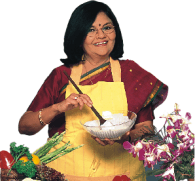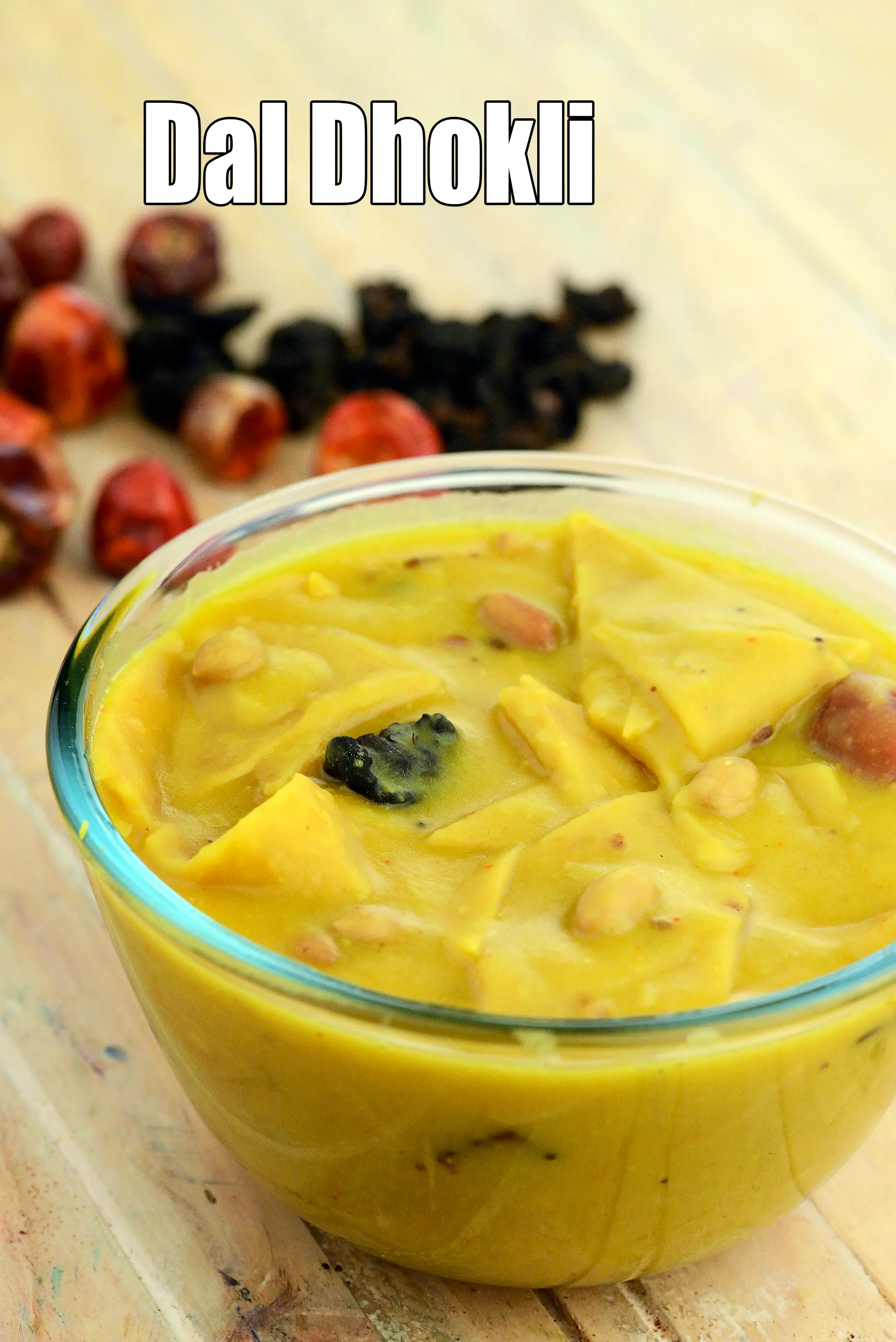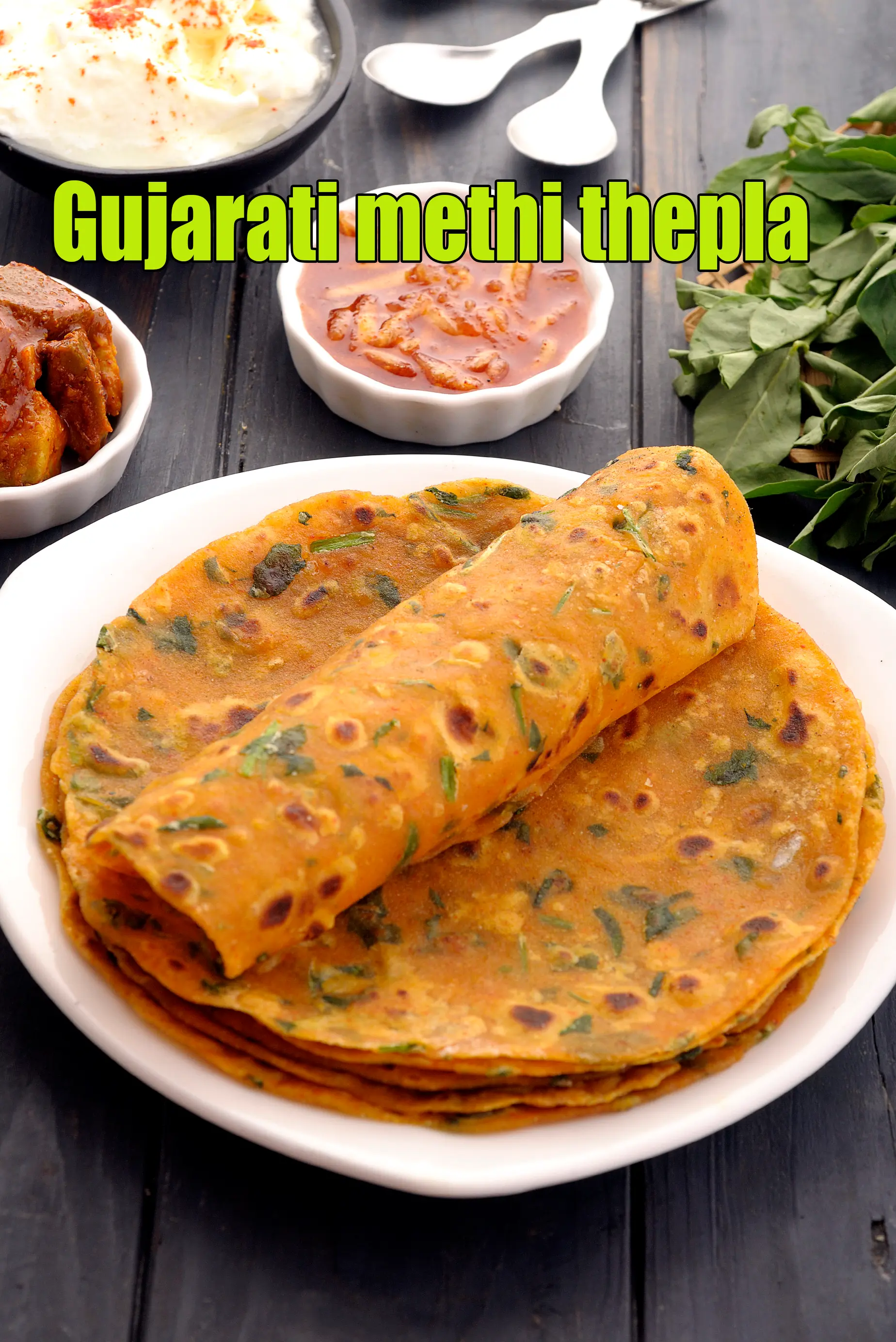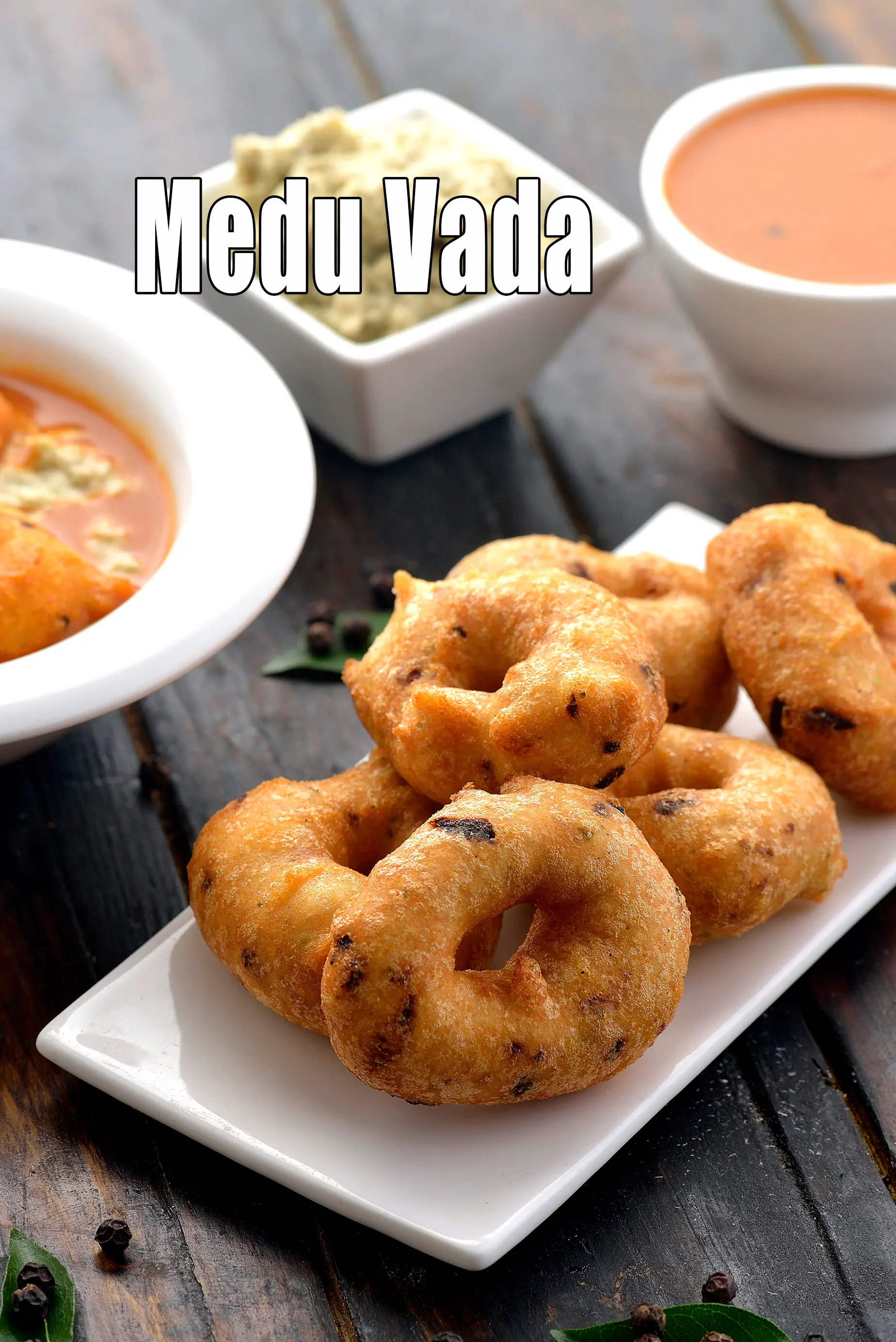Nutritional Facts of Curd Upma, Breakfast Recipe, Calories in Curd Upma, Breakfast Recipe
This calorie page has been viewed 11909 times
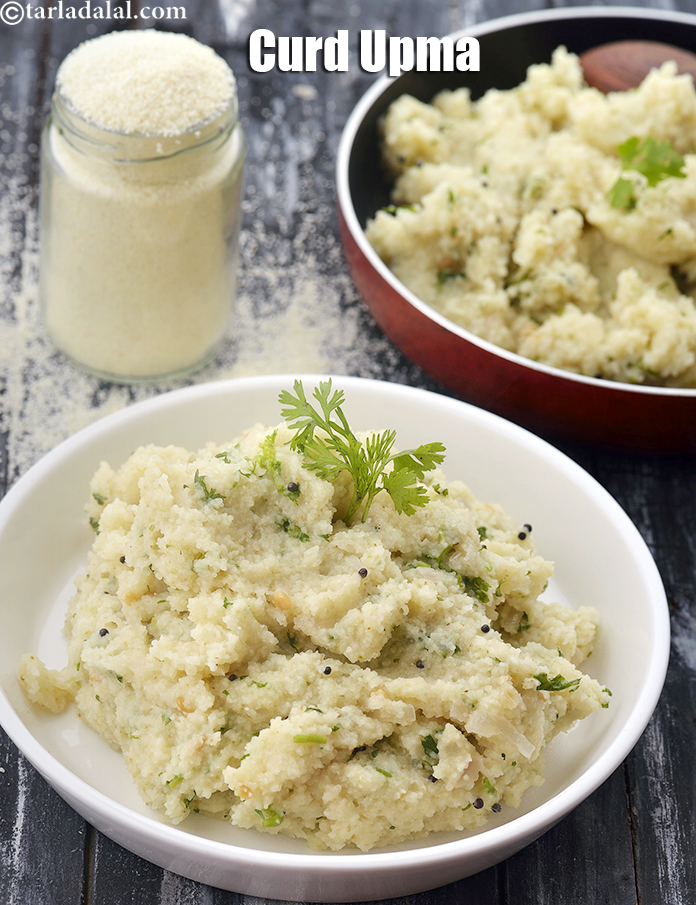
How many calories does one serving of Curd Upma have?
One serving of Curd Upma gives 229 calories. Out of which carbohydrates comprise 119 calories, proteins account for 20 calories and remaining calories come from fat which is 85 calories. One serving of Curd Upma provides about 11 percent of the total daily calorie requirement of a standard adult diet of 2,000 calories.
Click here to view. Curd Upma recipe. Upma made with semolina is one of the most famous breakfast dishes in India. We have tweaked the traditional recipe slightly, by cooking the roasted rava in a mixture of curds and water instead of just water.
This gives a nice consistency and pleasant, rustic tang to the upma. This, in fact, used to be one of the traditional secrets of cooking upma in Tamil Nadu, and many grandmas used to add a cup of buttermilk or a little curds to the upma, claiming that it would taste better and also digest more easily.
Serve the Curd Upma hot and fresh with chutney and sambhar or just a little powdered jaggery!
Is Curd Upma healthy?
No, this is not healthy. Let's see why.
Let's understand the Ingredients.
What's good.
1. Curd + Low fat Curds : Curds help in digestion as it has very good bacteria. Probiotics in curds acts as a mild laxative but, in case of diarrhoea and dysentery, it is a boon, if curd is used with rice.They help in weight reduction, good for your heart and build immunity. The only difference between curds and low fat curds is the fat level. Read the benefits of curds to include in your daily diet.
2. Onions (pyaz, kanda) : Raw onions are a very valuable source of vitamin C – the immune building vitamin. Along with other phytonutrients from onions, it helps to build WBC (white blood cells) which serves as a line of defence against illness. Yes, it’s a source of many antioxidants, the most important one amongst them being Quercetin. The quercetin in Onions promotes production of HDL (good cholesterol) and lowers total cholesterol in the body. The sulphur in onions act as a blood thinner and prevents blood clotting too. This in turn would lower blood pressure and good for heart, diabetics. Read the benefits of onions.
3. Coriander (kothmir, dhania) : Coriander is a fresh herb often used as a flavour enhancer in Indian cooking. It is mainly used as a garnish. This is the best way to use it - no cooking. This preserves its vitamin C content which helps to build our immunity and bring that sparkle to the skin. The antioxidants vitamin A, vitamin C and the quercetin present in coriander works towards strengthening our immune system. Coriander is a fairly good source of iron and folate – the 2 nutrient which help in the production and maintenance of red blood cells in our blood. Good for reducing cholesterol and good for diabetics. Read 9 benefits of coriander to understand details.
What's the problem?
1. Rava (semolina, sooji) : What's good? Semolina is a fairly good source of Magnesium and phosphorus which is necessary to keep our nervous system healthy and working. But once again, it’s minus the fibre which is also one of the important nutrient to maintain healthy heart. So don’t opt for just the plain rava upma… instead toss in some sprouts or veggies and limit the amount of salt used and then add it occasionally to your meals. What's the issue? Fibre is one key nutrient for weight loss and semolina is devoid of it. Semolina is not suitable for diabetics. For details read is sooji healthy?
2. Vegetable Oils : To some vegetable oil is only soyabean oil, while some promote it as a mix of oils like soyabean, canola, sunflower, corn and other omega-6 rich oils. These are often cheaper options than many oils, but they are highly processed oils. They are undoubtedly not to be reached out for, whether you are looking for salad dressings, sautéing or cooking. The 5 best oils used in cooking are olive oil (low temperature short time cooking), avocado oil, canola oil, coconut oil and peanut oil. You must read the super article to find the facts of which oil is the healthiest avoid vegetable oil.
Can diabetics, heart patients and over weight individuals have Curd Upma?
No, this recipe is not good for diabetics, heart and weight loss.
Can healthy individuals have Curd Upma?
8 Pointers to get healthy on a Indian diet
1. Eat healthy and say yes to good home cooked food. Prefer whole grains like oatmeal, quinoa, buckwheat, barley and healthy flours like bajra flour, jowar flour, quinoa flour, wheat flour etc. rather than refined ones like maida. Have healthy Indian fats like ghee, coconut, coconut oil in your diet.
2. Opt out of junk food, packaged food, deep fried foods. Prefer steamed snacks and other non-fried snacks. Check out some Healthy Indian Snacks. Remember to eat small frequent meals through the day as that will keep you always full and prevent your blood sugar from dropping. By starving your body through some diet, will not help you one bit. In fact, dieting will make you binge on 2 to 3 meals which is not good.
3. Have 4 to 5 servings of vegetables and 2 to 3 servings of fruit is a must. Follow the logic of a vegetable in each main meal of the day and a fruit in-between meals. Check out a few Healthy Indian Soups and Healthy Indian Salads recipes using this food group.
4. Cut down on sugar and salt in your diet and pick honey ( very small amounts) or dates to sweeten your food. Slowly cut the sugar habit as this is not going to happen over night. Sugar is also called white poison. It is a simple carbohydrate with zero nutritional value. On intake, sugar will cause inflammation of the body which will last for many hours. It will spike your blood sugar level and shut down the fat burning process. This also causes high blood sugar levels in your body. The development of prediabetes comes from uncontrolled eating sugar and refined food products for many years and the classic symptom is if you have excess belly fat. This leads to diabetes and further onwards to heart attack, high blood pressure, strokes, impotence and kidney damage.
Salt and blood pressure. Apart from stress and obesity, one of the main reasons for high blood pressure is excessive sodium and salt intake. Most people find it difficult to limit the amount of salt in their cooking, thinking it will affect the taste of their favourite dishes.
This is not true. Bajra and jowar are rich in potassium and critical for those with High Blood Pressure as it lessens the impact of sodium. Eating more Potassium Rich Foods will remove more sodium from your body through urine. So include the basic bajra roti and jowar roti in your daily diet to have with Lower Blood Pressure Subzis Recipes.
5. Befriend a few healthy seeds and nuts like chia seeds, flax seeds, sesame seeds, walnuts and almonds.
6. Sprouts are called ‘living food’. They are high is most nutrients and easy to digest as well. Let them feature in your meals at least thrice a week. Also Read : All Benefits about Sprouts.
7. Exercise 45 minutes every day. No excuse. You can walk fast, run, do weights, play your favourite sport or go to the gym. No activity reduces muscle tissue which will lead to muscke loss and all kinds of problems with that.
8. Sleep early and get up early. Get your body into rhythm and it will function best. Sleep helps your body to recover and makes you look much younger. Also getting good sleep prevent muscle loss.
How to burn 229 calories that come from Curd Upma?
Walking (6 kmph) = 1 hr 9 mins
Running (11 kmph) = 23 mins
Cycling (30 kmph) = 31 mins
Swimming (2 kmph) = 39 mins
Note: These values are approximate and calorie burning differs in each individual.
| Energy | 229 cal |
| Protein | 5.1 g |
| Carbohydrates | 29.7 g |
| Fiber | 0.3 g |
| Fat | 9.4 g |
| Cholesterol | 4 mg |
| Vitamin A | 211.6 mcg |
| Vitamin B1 | 0.1 mg |
| Vitamin B2 | 0 mg |
| Vitamin B3 | 0.7 mg |
| Vitamin C | 4.1 mg |
| Folic Acid | 29.2 mcg |
| Calcium | 69.4 mg |
| Iron | 0.7 mg |
| Magnesium | 24.9 mg |
| Phosphorus | 79.4 mg |
| Sodium | 13.8 mg |
| Potassium | 80.3 mg |
| Zinc | 0.5 mg |
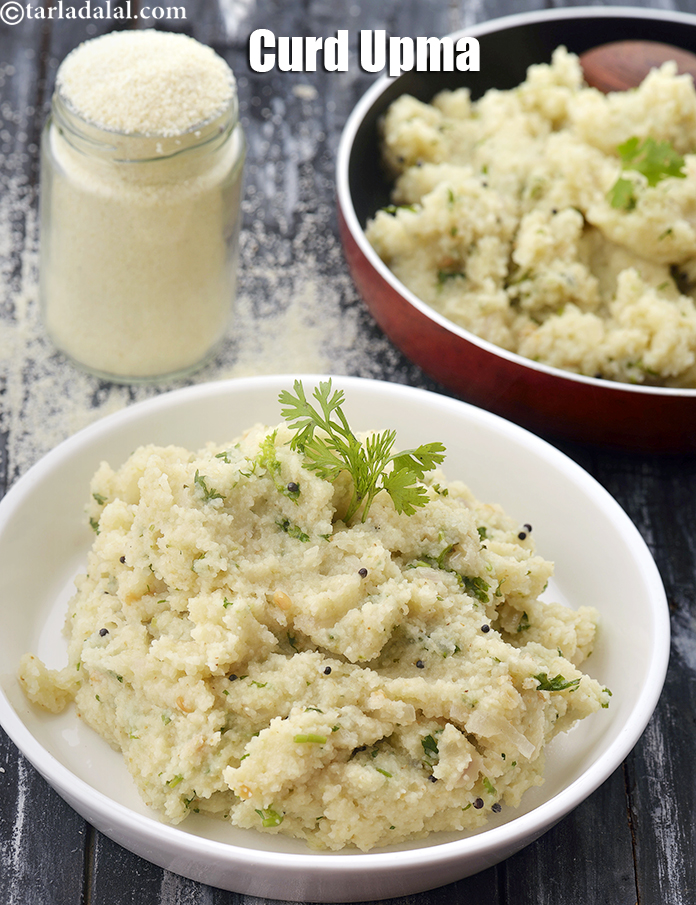
Click here to view Curd Upma, Breakfast Recipe
Calories in other related recipes
